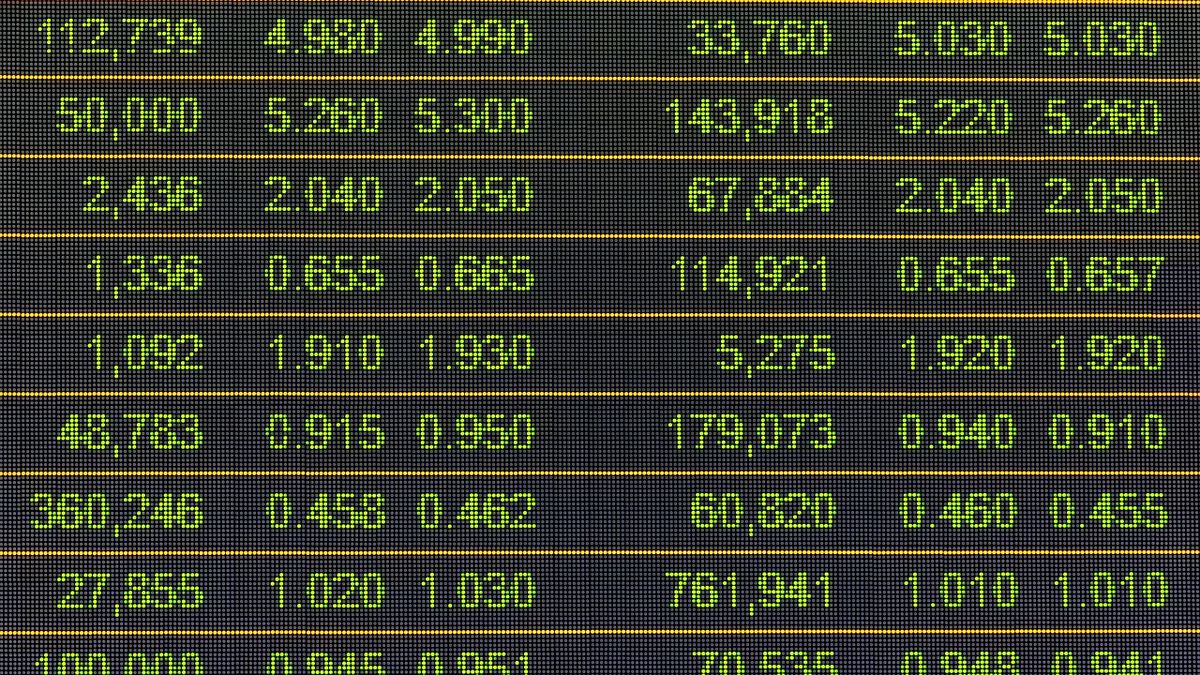He Central Bank of Uruguay (BCU) This week, it will place three domestic public debt securities with different maturities, for 12.5 million pesos between Monday and Friday.
The first bidding of the week will begin this Monday the 3rd at 2:00 p.m., the first title in pesos will be bid for 5,000 million pesos (almost 129.1 million dollars) with a term 28 days, with an expiration date of Monday, July 1 of the current year. In that total, 1,000 million pesos (almost 25.82 million dollars) will be non-competitive placements and will have their integration date on the same day.
On Wednesday the 5th at 2:00 p.m., a title in pesos will be awarded for 3,300 million pesos (a total of 85.21 million dollars) with a term of 98 days, and an expiration date of September 11 of this year. anus. He himself will have the integration date The same day. This tender will have 660 million pesos (17.04 million dollars) of non-competitive placements.
Embed – https://publish.twitter.com/oembed?url=https://twitter.com/BevsaUruguay/status/1795075782399635792&partner=&hide_thread=false
Finally, on Friday the 7th at 2:00 p.m., the last title in pesos of the week will be auctioned, for others 4.2 billion pesos (108.45 million dollars) with a term of 182 days, and an expiration date of December 6 of this year. Of the total, 840 million pesos (21.69 million dollars) will be non-competitive placements. Meanwhile, the integration date will be the same day.
Uruguay returns to the global market
The government, through Ministry of Economy and Finance (MEF)updated the annual sovereign report to the United States Securities Commission (SEC), preliminary step for a new placement of global bonds Uruguay in the international market.
The placement, which would be in pesos in accordance with the policy of de-dollarizing the public debt that the Debt Management Unit (UGD), is a key tool in the midst of the high deficit situation facing the country.
The director of the UGDHerman Kamil, had advanced at the beginning of this year the possibility of issuing global bonds in pesos at a fixed rate and in Indexed Units (UI), as well as the probable reopening of the Bond Indexed to Climate Change Indicators (BIICC) or a new Samurai bond in Japan.
The return of Uruguay to the international stock market would occur in a scenario of several positive variables such as the index Risk country at historic lows, as well as in a great credit rating context. A little over two months ago, Moody’s Ratings improved the country’s investment grade rating to Baa1 (equivalent to BBB+) by highlighting the development of “structural reforms,” along with continued compliance with fiscal and monetary policy.
Added to this is the drop in rates in pesos in UI after the BCU’s decision to raise the Monetary Policy Rate (MPR); and the recent rise in the exchange rate which, in April, accumulated a recovery of 2.04%, driven both by a lower yield of placements in pesos and, also, by the dollar strength on an international level.
This is important since external investors, who observe the return in dollars, particularly consider what the expected evolution of the exchange rate is. Likewise, and in this sense, a positive impact of lower rates on the correction of the exchange delay It contributes to expanding the “window of opportunity” for a successful placement of global bonds in pesos or UI, precisely because of this improved performance in dollars in relation to the local currency.
The last time the MEF placed global bonds was on November 6, when it reopened the Bond Indexed to Climate Change Indicators maturing in 2034 for $700 million and a coupon of 5.75%. He BIICC 2034 It remained yielding 5.6%, slightly below the value of the last business day prior to the placement, which was 5.7%. The high demand received (3.9 times greater than what was awarded) allowed “the spread to be compressed.”
Source: Ambito




